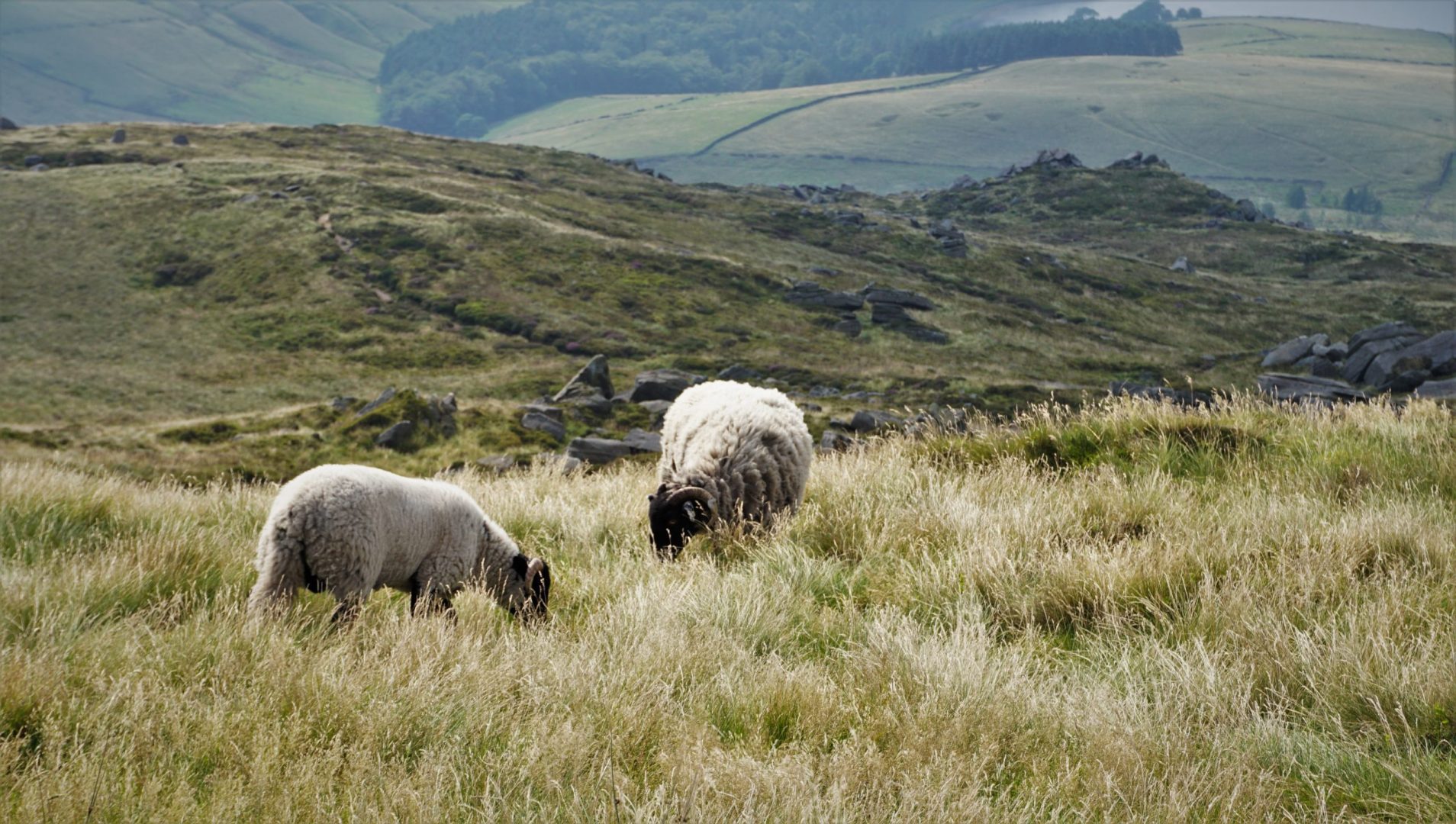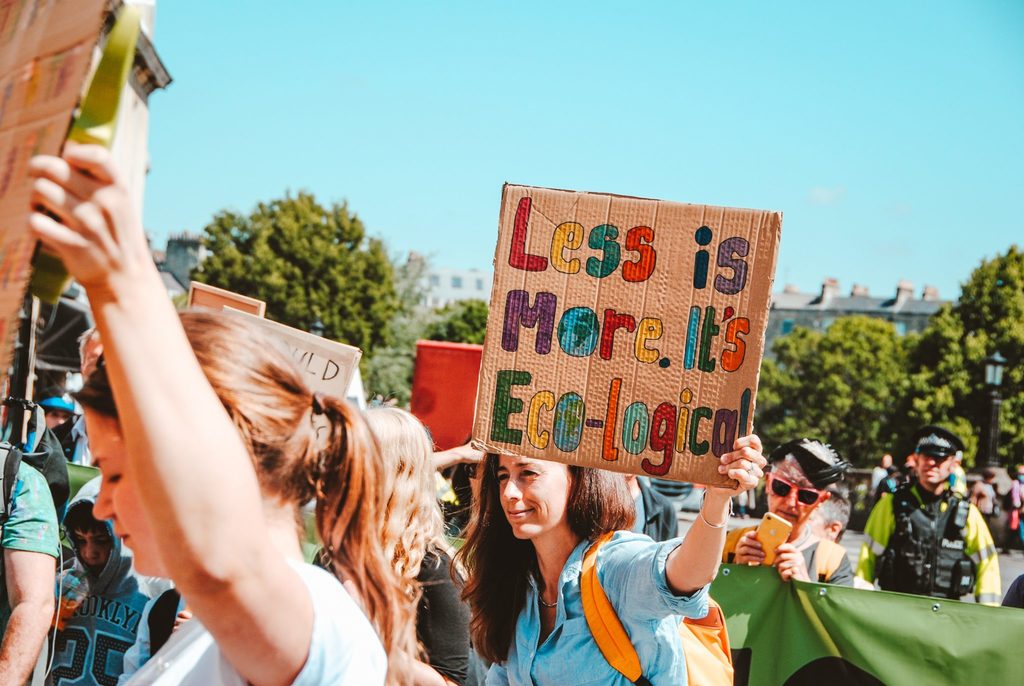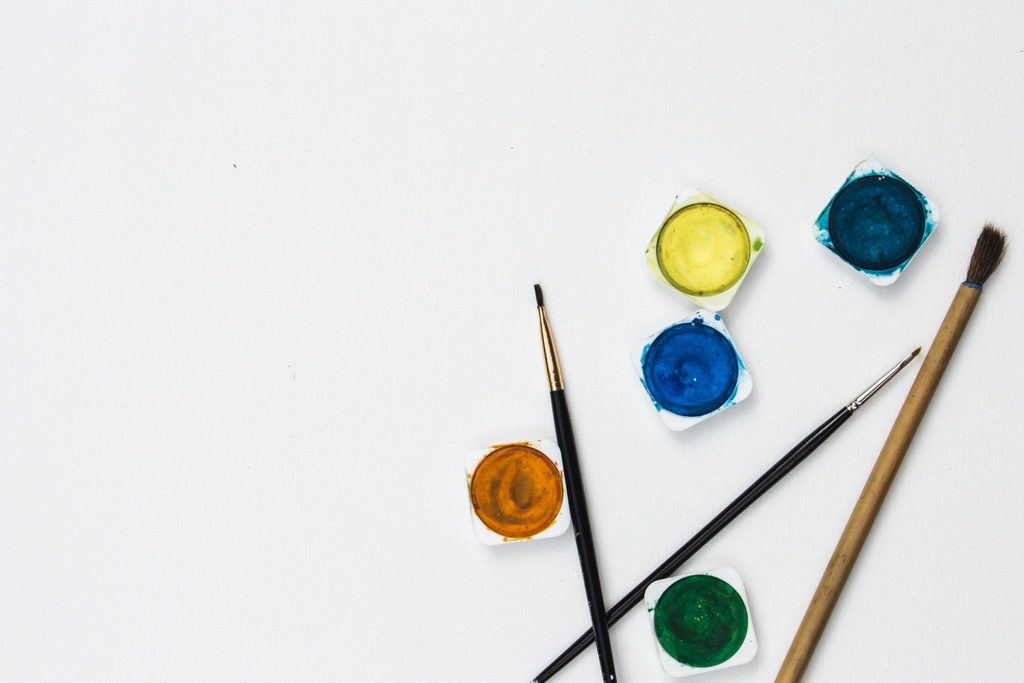Your cart is currently empty!

Low Waste Living: Tips On How To Create More And Consume Less
A low waste lifestyle is an ideal that many aspire to, and a way of living that prioritises the health of our planet. Here we explore how it can not only help the planet but also increase our happiness.
One click.
That’s all it takes to buy something new.
We are happy at first, we have something we wanted. But how long does that happiness stay with us? How long is it until social media, adverts, and celebrities show us something else, something we want even more?
We often buy to feel whole, to make ourselves feel better, to fit a standard or an ideal that we desire. Yet we know from our previous blog on fast fashion the harm that the fashion industry has on the planet. Here we take this further by exploring how we can be mindful with our shopping. We discuss how we can live a more minimal and simplified life, and how doing so can increase our sense of wellbeing.
Questioning our purchases
Research has shown that we often buy more than we really need. We purchase things that fill up our houses and clutter our lives. If you have been finding yourself purchasing something and then hardly using it, ask yourself these questions before you reach for your card:
Will I use it?
Will this item add value to my life?
Does this bring me short-term or long-term joy?
What is the purpose and reason for buying?
Is there a more sustainable alternative?
Mindful thinking allows us evaluate whether our purchase is simply an attempt to fill a hole, and for short term gratification, or whether it is something that will add real value to our lives. Through asking these questions, we can work out if it is something that we truly want.
By questioning your purchases you can avoid spending on unnecessary items that overfill our homes and then end up in landfill.
But it is more than that, by freeing our homes from excess and unneeded items, we also free our minds. With less around us, we have more room to focus. We gain more care for the things we do have. By questioning our purchases, we choose to live with more intention. We become more mindful of what it is that our true self wants.

Minimising what we own
As a study has found that we often buy more than we need, it is important to look into ourselves, and ask what we really want. After we have questioned our purchase, we can question ourself. Are we buying an item because it is what we want, or do we want the feeling that comes along with it? Often, purchasing new items is a way to make us feel whole, to fill a gap, to help us fit an ideal that we are striving for. How many of these feelings can be met through other ways?
Once we know what it is that we really want, we can find alternative solutions. If we want to feel happy and free, a trip to open fields to watch a sunrise or sunset can give us the same joyful feelings. If we want to treat a friend, why not take them for a meal, or write a letter.
Instead of buying new books why not initiate a local book swap in your area? This can be a way of also meeting new people and helping others to also save money. Sharing clothes with friends and gifting used items is another way of minimising the amount of things we have while also avoiding it going into landfill.

Be Creative
Research has shown how creativity is linked to better mental health, so creating an item rather than simply buying is a great way to both help the planet and feel happier.
We can do this through repurposing items. Instead of throwing away an item that no longer serves us, we can turn it into something new, and reduce our waste.
We can take a used jam jar for example, and paint it decoratively to turn it into a jar to display stationary. We can take an old t-shirt and create multiple items with the fabric: cleaning cloths, hair ties, handkerchiefs, face covering masks, bookmarks. Creating these items instead of buying helps us to save money, reduce waste, and also have fun by creating something new from something old.
Low waste living is about taking something that no longer serves you or is no longer needed, and turning it into something that you can still use. Other examples are using used green tea bags to make face masks, making your own body lotions, and decorating boxes with used fabric or magazine articles. These can be thoughtful gifts and can often be stress relievers, too.

Low waste living is not about being perfect. It is not about never buying new, or about feeling shame when we must by new. Rather, it is about making positive changes, small or big, towards creating a lifestyle that is mindful. It is about being aware of our daily habits and consciously reducing any that may harm the environment. It is about thinking about the products we use and live by, and thinking about how we might be able to make them more versatile. Yet it is not just thinking about the impact it has on the planet, but on ourselves too.
By focusing on experience over things, by being creative, and by realising what it is that we really want, we are able to prioritise our mental health and our happiness in a way that is sustainable.
Leave a Reply